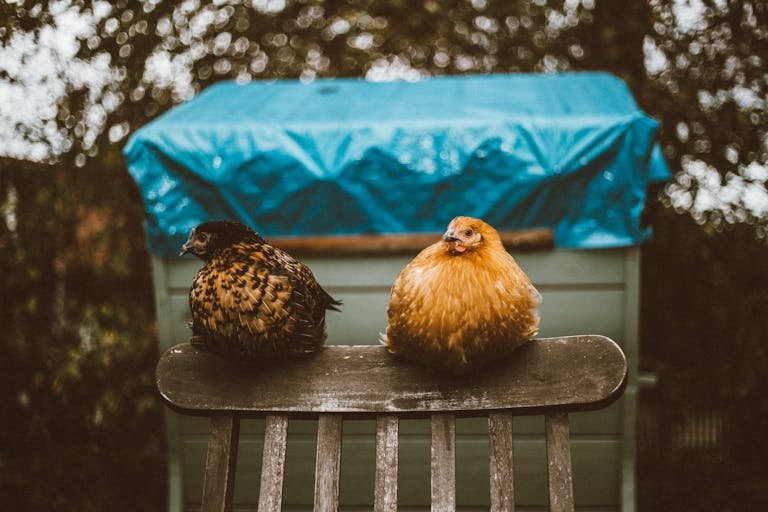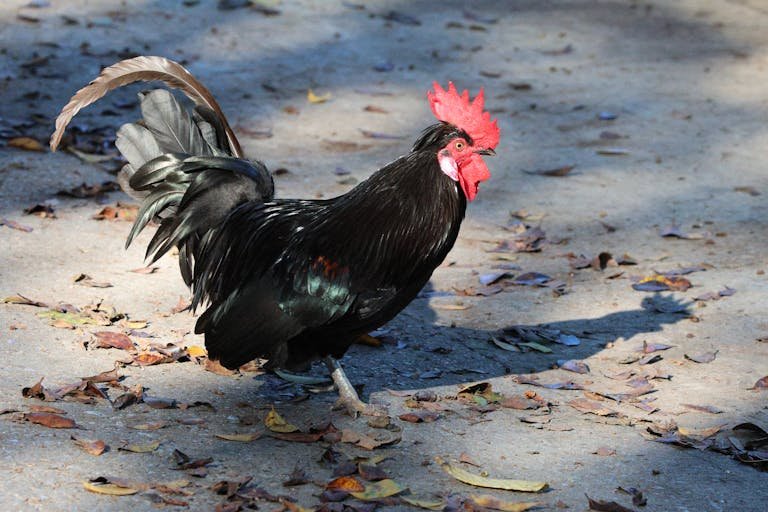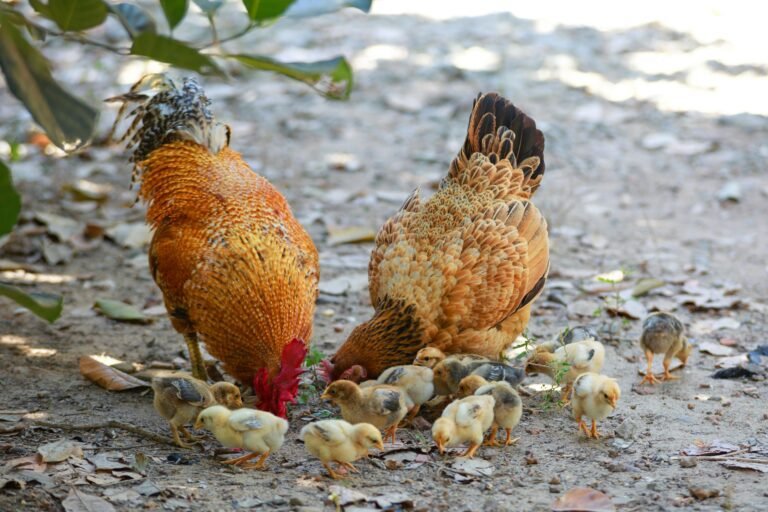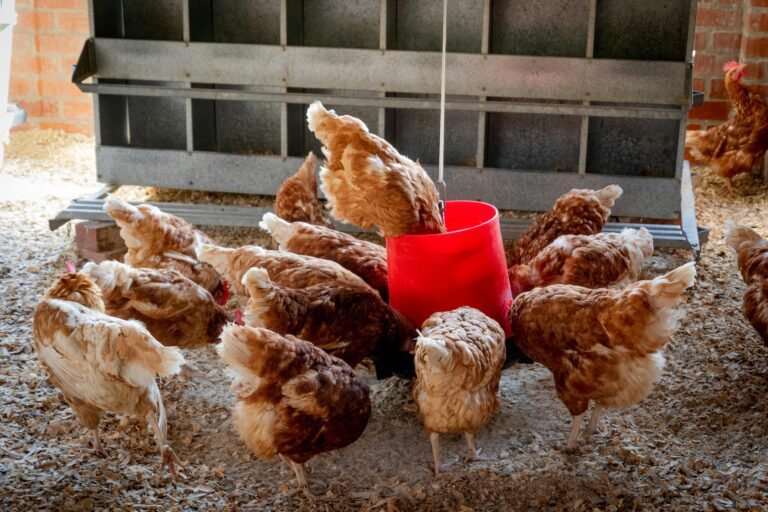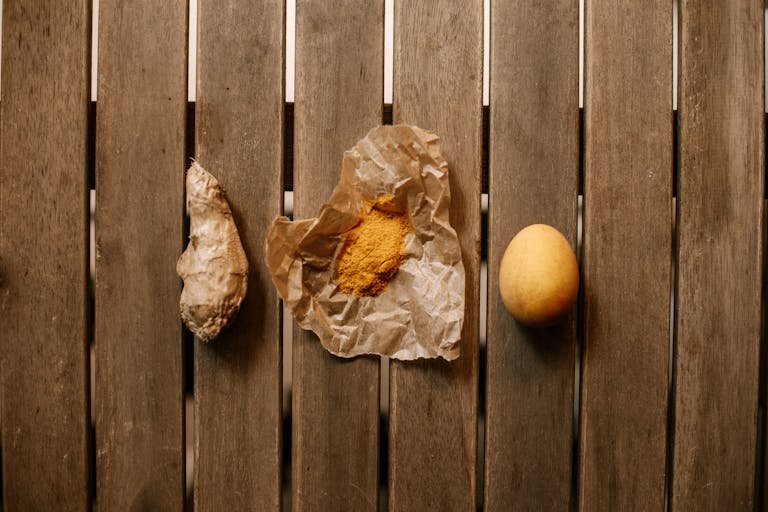Is That a Silkie Rooster?
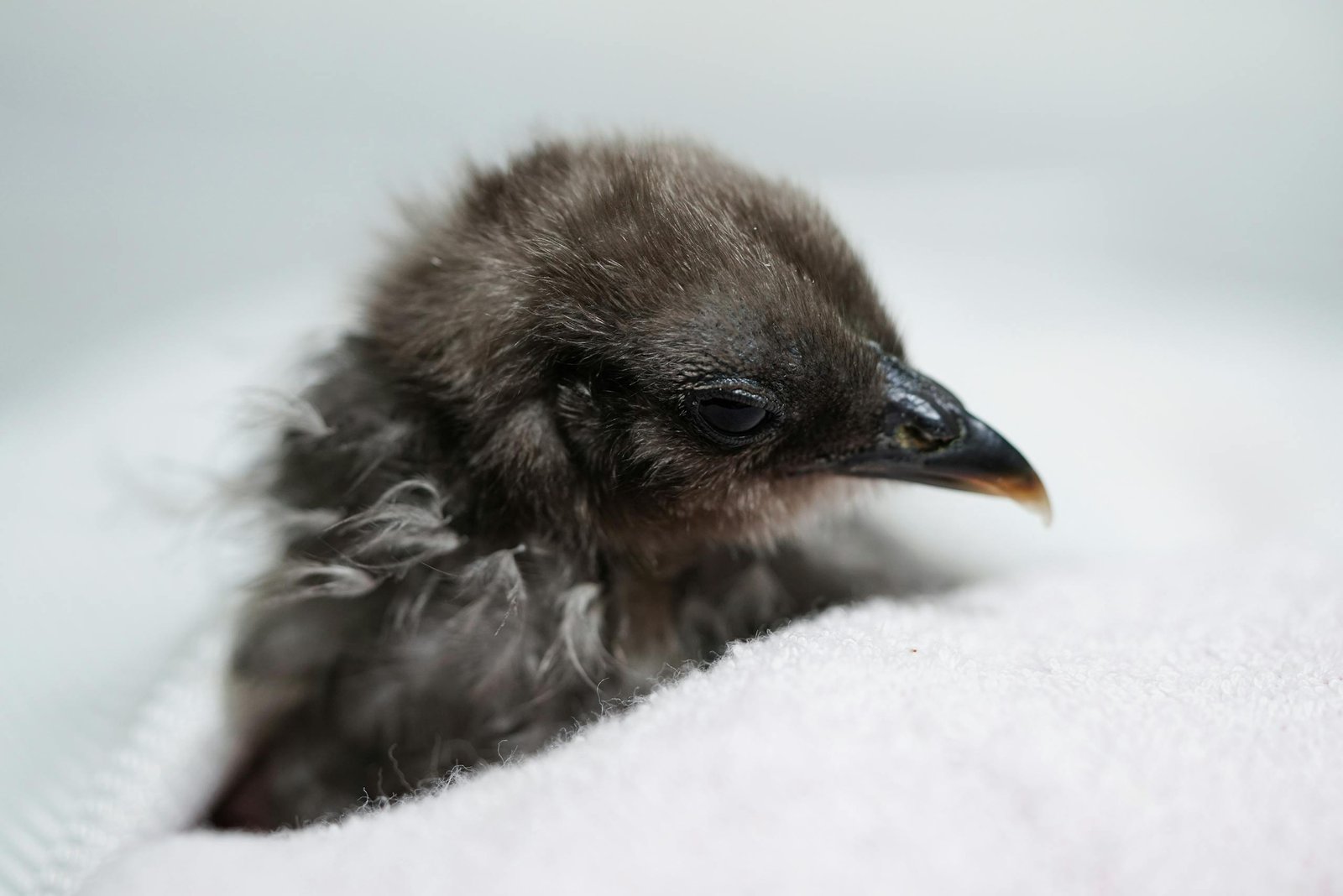
Silkies are one of the most popular and unusual bird types, with soft feathers, a friendly disposition, and a rather exotic look. However, the gender of the Silkie cannot be easily identified, particularly during the early years of the bird’s development. This guide aims to provide you with detailed and practical insights on how to tell if a silkie is a rooster.
Physical Characteristics
Comb and Wattles
Some of the most obvious signs that help to determine the sex of a Silkie are the development of the comb and wattles.
Rooster
- Comb: Roosters are generally larger than hens and have a much larger comb. It can be from red to pale blue.
- Wattles: Similarly, roosters have larger wattles which also are red or pale blue.
Hen
- Comb: Hens usually have a tiny or absent comb.
- Wattles: On hens, wattles are less prominent and are usually present in the form of blue spots on the cheeks.
Size
Size is not the best marker in identifying such things, but it can give a certain indication.
Rooster
- Larger: Roosters also vary with hens in terms of their size and body mass, roosters are usually bigger than hens.
Hen
- Smaller: Hens are usually smaller in size and have a lesser body structure than roosters.
Tail Feathers
Tail feathers are another characteristic that can help differentiate between roosters and hens.
Rooster
- Longer Feathers: Roosters usually have longer and more pronounced tail feathers, often referred to as “sickle feathers.”
Hen
- Shorter Feathers: Hens have shorter and less pronounced tail feathers.
Feet Feathering
The feathering on the feet can vary depending on the bloodline but often shows some differences.
Rooster
- Thicker Feathering: Roosters often have thicker feathers on their feet.
Hen
- Thinner Feathering: Hens usually have less dense feathering on their feet.
Behavioral Differences
Crowing
One of the most unmistakable signs of a rooster is its crowing.
- Rooster: Roosters are known to start crowing when they grow to a certain age, which is between 4 to 5 months of age. Roosters make crowing sounds, and this means that your Silkie is a rooster if it crows.
- Hen: Hens do not crow.
Aggression
Another important aspect that may give an insight into the sex of your Silkie is based on behavior.
- Rooster: Roosters can sometimes act more aggressively than hens and this can be as the birds grow older. They may turn aggressive and guard their flock.
- Hen: Hens are generally calmer and less aggressive.
Age Considerations
Sexing Chicks
Determining the gender of Silkie chicks is extremely difficult and often unreliable. It is important to note that most of the physical and behavioral differences do not manifest physically until the children are older.
Juvenile Stage
However, as the birds grow older, the generation between the roosters and the hens becomes quite visible. Their gender is often distinguishable when the chicks have developed feathers and are between 12 and 16 weeks of age.
Detailed Observations
Rooster Specifics
- Spurs: Males, or roosters, may grow spurs on the back of their legs, which are small and sharp and used in defense and fighting for dominance.
- Saddle Feathers: These are long, pointed feathers found on the back near the base part of the tail. Roosters may have longer and more defined saddle feathers.
Hen Specifics
- Egg Laying: Hens will begin to lay eggs when they are about 5 to 6 months of age. This is an assured way of telling that you are indeed dealing with a Silkie hen.
- Broodiness: Silkies are known for their broodiness, and hens often exhibit this behavior by sitting on eggs and displaying protective instincts.
Expert Tips
Patience is Key
Determining the sex of a Silkie is a slow process. Some of the features and behaviors are only revealed as a person matures or ages.
Consult a Professional
It is advisable to seek advice from an expert in poultry or a veterinarian to enhance your understanding and confirm.
Observe Daily
Often, proper observation of the Silkies can help you identify differences and other behaviors that would set them apart by their gender.
Read Also: Do Chickens Pee and Poop from the Same Hole?
Final Words
To figure out whether your Silkie is a rooster will require one to learn some of the factors that will help differentiate between a rooster and other male Silkie chickens. Though some of these characteristics may be more easily observable when the person is older, proper waiting and watching would determine the gender of the Silkie. Based on characteristics like combs and wattles, size, tail feathers, feathers on feet, crowing, and aggression, one can decide whether his/her Silkie is a rooster.
